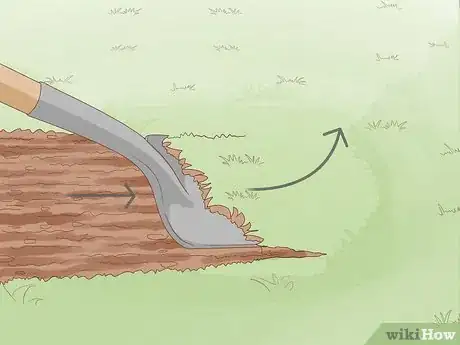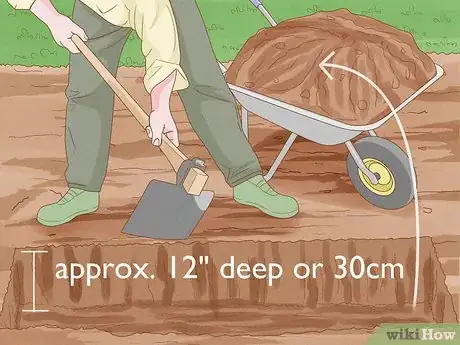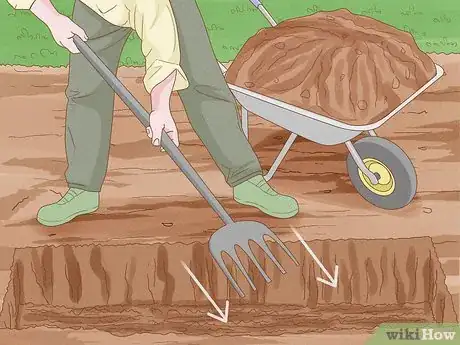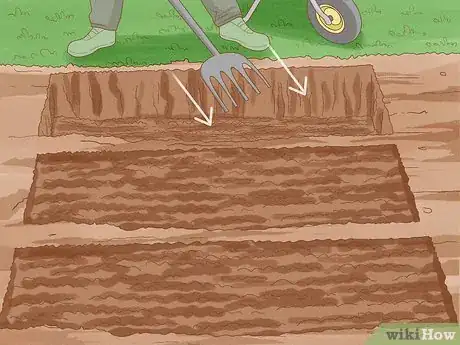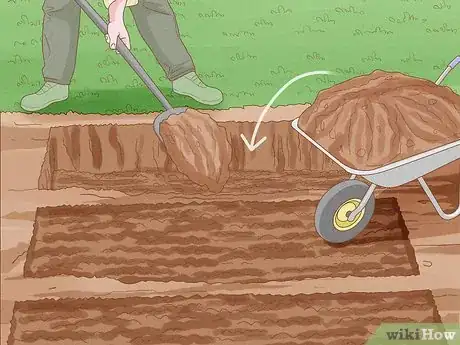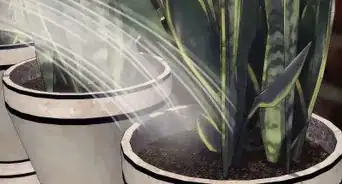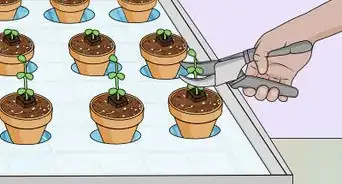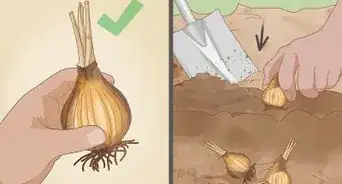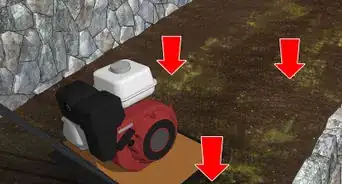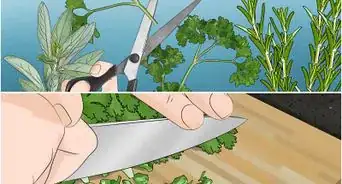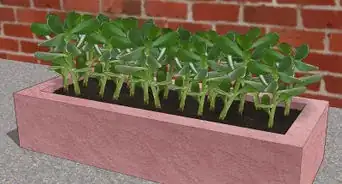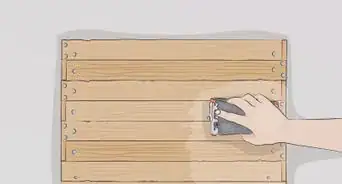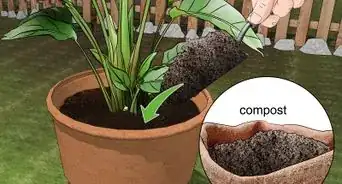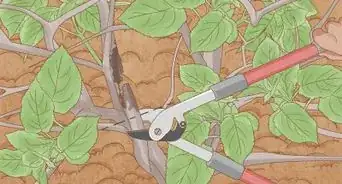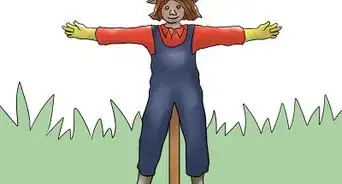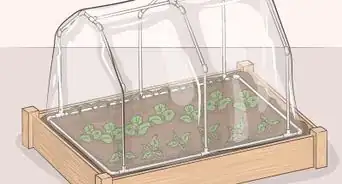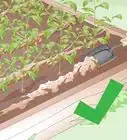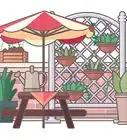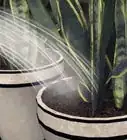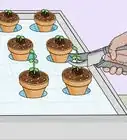wikiHow is a “wiki,” similar to Wikipedia, which means that many of our articles are co-written by multiple authors. To create this article, 16 people, some anonymous, worked to edit and improve it over time.
This article has been viewed 132,146 times.
Learn more...
If you have a patch of soil that you'd like to turn into a well-draining garden bed with deep, loose soil, then you'll need to put in some elbow grease and double-dig the bed.
What is double-digging? Double digging involves loosening the soil more than 12 inches down. This creates conditions under which plants' roots thrive.
Why should you double-dig? Double digging aerates the deeper layers of your garden's soil. This allows your plants to grow bigger and more vigorously because they have room for their roots! It also improves drainage greatly, which is very important for healthy plants. Double-digging is the first step in creating the most productive garden bed possible.
Steps
-
1Call first. Your county may have a digging hotline that will tell you where it is okay to dig, and whether or not you require authorizations.
-
2Remove sod (if any, or cut out and flip over into the bottom of the trenches you create.Advertisement
-
3Begin at one end of the bed and dig a spade-head depth (approx. 12" deep or 30cm) trench across the bed's width, placing the excavated dirt in a wheelbarrow.
-
4Work a garden fork into the floor of the trench, and loosen the soil by tilling this layer too. Continue until the soil at the bottom of the trench is loosened.
-
5Dig a second, similar-size trench directly next to the first. Place the excavated soil into the first trench you dug. Loosen the soil at the bottom of this second trench with the garden fork as well.
-
6Dig a third trench next to the second trench. Backfill the second one, loosen the bottom of the third trench, and continue this process until you have tilled the whole bed.
-
7Fill the LAST trench with the soil excavated from the first. (The soil in the wheelbarrow)
Warnings
- Do not till the dirt at all when it is either bone-dry or very soggy/muddy. This will ruin the garden plot by destroying the soil structure. The soil should be as moist as a wrung-out sponge. Clods of the dirt should crumble in your fist, but it should not ooze-out or crumble into dust.⧼thumbs_response⧽
- Be careful if you till compost in the bottom of the trench. Just enough to give it some organic matter will be fine. Decay rate at those deeper levels is very slow, so if the compost is not well-decayed, you could cause problems for your plants. Use compost that is well-decayed though, and you should not have any problems.⧼thumbs_response⧽
Things You'll Need
- Shovel
- A strong back!
- Garden Fork
- Steel rake (optional)
- Wheelbarrow (optional)
- Compost (optional)
- Sand (optional)

